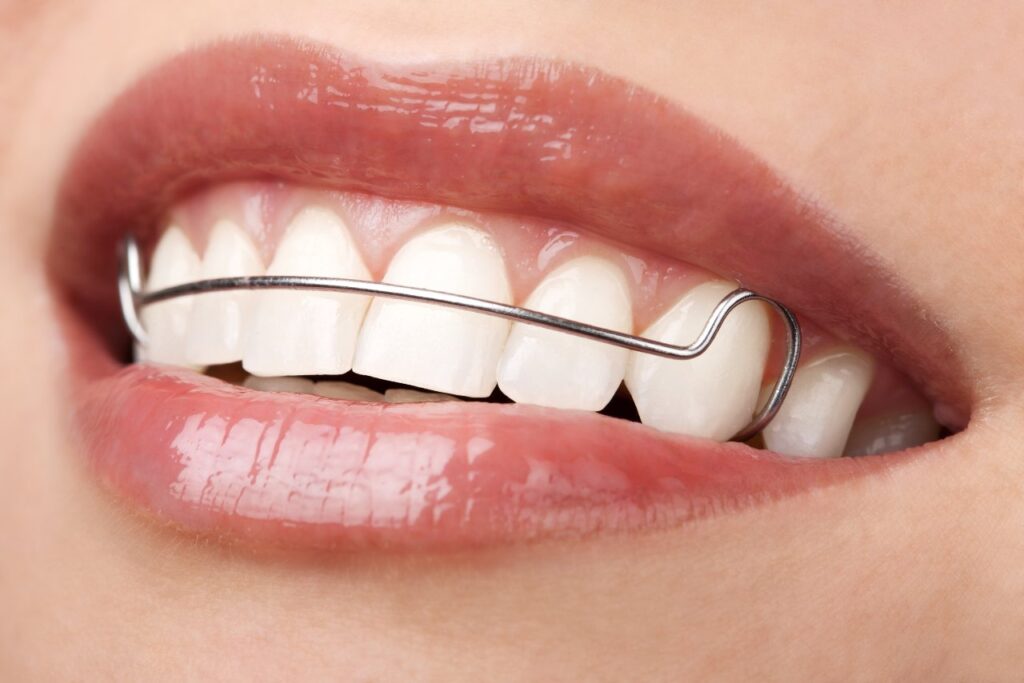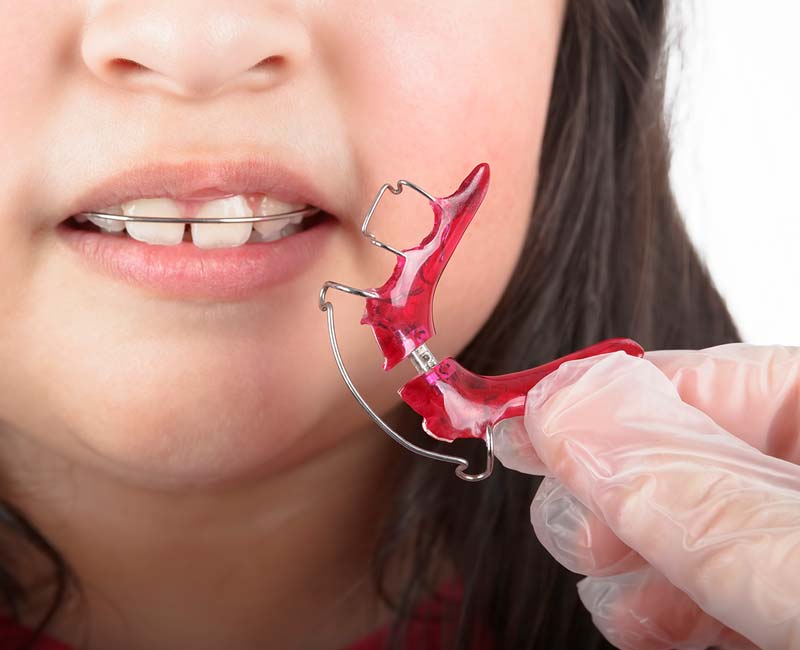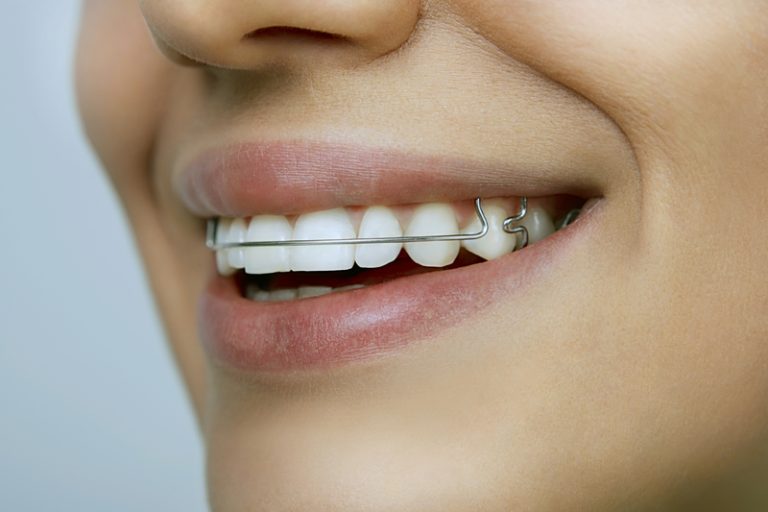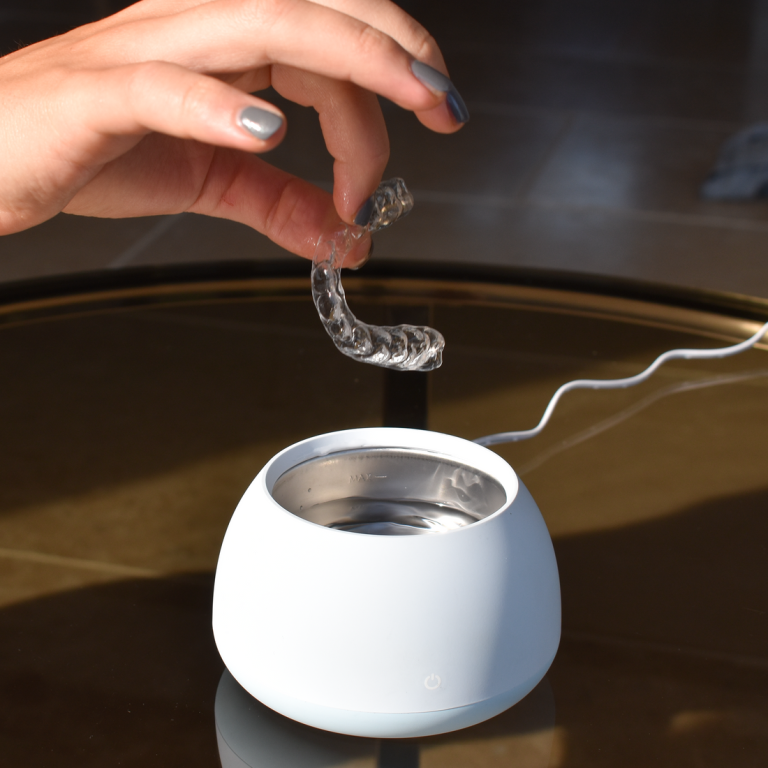Retainers After Braces: Essential Tips for Lasting Results
Last Updated on 1 month by DR. ALBIN SIPES
Braces are a big step in straightening your teeth. But what comes next?
After braces, retainers keep your teeth in place. They are essential to prevent your teeth from moving back. Wearing retainers is a crucial part of your orthodontic journey. Many people don’t realize how important retainers are. They help maintain that perfect smile you worked hard for.
Without them, your teeth might shift back to their old positions. This can undo the progress you made with braces. So, understanding retainers is key. This blog post will guide you on why retainers matter and how to use them properly. Stay with us to learn everything you need to know about retainers after braces.

Importance Of Retainers
After the removal of braces, retainers play a crucial role in preserving your new smile. They are essential for keeping your teeth in their new positions. Without retainers, teeth can shift back to their original places, undoing months or years of orthodontic work.
Preventing Teeth Shifting
Teeth shifting is a common issue after braces are removed. Retainers help prevent this problem by holding your teeth in their new positions. This is especially important during the first few months post-braces when teeth are most likely to move.
Wearing your retainer as prescribed by your orthodontist ensures that your teeth remain aligned. A retainer creates a barrier against the natural tendency of teeth to shift back.
Maintaining Smile Alignment
Maintaining smile alignment is vital for both aesthetic and functional reasons. A well-aligned smile improves your appearance and boosts your confidence. It also ensures that your bite functions properly.
Retainers are designed to keep your teeth in their corrected positions, preserving the results achieved by braces. Consistent use of retainers helps maintain the straightness of your teeth and the alignment of your smile.
Retainers come in different types, including:
- Hawley retainers
- Clear plastic retainers
- Fixed retainers
Each type has its own benefits, and your orthodontist will recommend the best option for you.

Types Of Retainers
Retainers are crucial to maintaining your smile after braces. They ensure that your teeth stay in their new positions. There are different types of retainers, each with its benefits. Below, we explore the main types of retainers: fixed and removable retainers.
Fixed Retainers
Fixed retainers are attached to the back of your teeth. They are also known as permanent retainers. Dentists use a special dental glue to bond the retainer to your teeth. This type of retainer usually consists of a thin wire. The wire is placed behind the front teeth, from canine to canine.
- They are not visible from the front.
- They stay in place, so you don’t lose them.
- They provide continuous support to your teeth.
- They can make it harder to clean your teeth.
- They might feel uncomfortable at first.
- They require regular check-ups by your dentist.
Removable Retainers
Removable retainers are not fixed to your teeth. You can take them out when needed. There are two main types of removable retainers: Hawley retainers and clear aligner retainers.
Hawley retainers are made of a combination of metal wires and acrylic. The metal wires hold the retainer in place, while the acrylic part rests on the roof of your mouth or along the inside of your lower teeth.
- They are adjustable if minor adjustments are needed.
- They are durable and long-lasting.
- They allow for natural bite adjustments.
- They are visible when you talk or smile.
- They can feel bulky in the mouth.
- They require regular cleaning.
Clear aligner retainers, also known as Essix retainers, are made from clear plastic. They fit snugly over your teeth and are almost invisible.
- They are virtually invisible.
- They are easy to clean.
- They are more comfortable than other types.
- They can be easily lost or broken.
- They may need to be replaced more often.
- They can become discolored over time.
Proper Cleaning Techniques
Retainers are an important part of keeping your teeth straight after braces. To ensure they stay effective and last long, you must clean them properly. In this section, we will look at the best ways to clean your retainers daily and how to avoid damaging them.
Daily Cleaning Routine
It’s important to clean your retainer every day. This prevents the buildup of plaque and bacteria. Here’s a simple daily cleaning routine:
- Remove your retainer from your mouth.
- Rinse it with lukewarm water to remove any debris.
- Use a soft-bristled toothbrush to gently brush your retainer.
- Avoid using toothpaste as it can be abrasive.
- Rinse it again with lukewarm water.
- Dry it with a clean, soft cloth.
Important: Always clean your retainer over a sink filled with water. This way, if you drop it, it won’t break.
Avoiding Damage
To ensure your retainer lasts long, you must take steps to avoid damaging it. Here are some tips:
- Store it properly: Always keep your retainer in its case when not in use.
- Avoid hot water: Never use hot water to clean your retainer. It can warp the plastic.
- Keep away from pets: Pets love to chew on retainers. Keep them out of reach.
- Handle with care: Be gentle when removing or inserting your retainer. Avoid bending or twisting it.
Following these tips will help keep your retainer in good condition and ensure it continues to do its job effectively.
Wearing Schedule
Understanding the wearing schedule for retainers after braces is crucial. It ensures your teeth stay in their new positions. Let’s break down the wearing schedule into two main phases.
Initial Phase
During the initial phase, you need to wear your retainers full-time. This typically lasts for the first few months after your braces are removed. It’s essential because your teeth are still adjusting to their new positions.
Here are some key points to remember:
- Wear your retainer day and night.
- Remove it only for eating and brushing.
- Follow your orthodontist’s instructions precisely.
Adhering to this schedule helps prevent any relapse. Your teeth can shift back to their original positions if you are not diligent.
Long-term Use
After the initial phase, you will move into the long-term use phase. During this time, you can reduce the wear time. Typically, you will wear your retainer only at night.
Here are the guidelines for long-term use:
- Wear your retainer every night.
- Gradually decrease to a few nights a week, as advised.
- Keep up with regular check-ups with your orthodontist.
Even after years, some retainers need to be worn a few nights a week. This practice helps maintain the alignment of your teeth. Remember, consistency is key.
Common Issues
Retainers are crucial for maintaining your smile after braces. They keep your teeth in place. But, they come with common issues. Below, we discuss two major problems. These are discomfort and breakage. Each has its own solutions and preventive measures.
Discomfort
Many people feel discomfort when wearing retainers. This is normal. It usually happens because your mouth is adjusting. Your teeth may feel pressure. The gums might feel sore. This discomfort should lessen over time.
Here are some common reasons for discomfort:
- Initial adjustment period
- Improper fitting
- Wearing retainers for long periods
To ease discomfort, you can:
- Wear the retainer as prescribed
- Use a dental wax for sharp edges
- Consult your orthodontist for adjustments
Breakage
Retainers are delicate. They can break easily. Common causes of breakage include:
- Dropping the retainer
- Chewing on hard foods
- Improper storage
To prevent breakage, follow these tips:
- Handle with care
- Avoid chewing on the retainer
- Store in a protective case
If your retainer breaks, don’t delay. Contact your orthodontist immediately. A broken retainer can’t do its job. Replacing it quickly is important.
| Issue | Cause | Solution |
|---|---|---|
| Discomfort | Improper fitting | Consult orthodontist |
| Breakage | Dropping the retainer | Store in case |
Replacement And Repairs
Retainers play a crucial role in maintaining the alignment of your teeth after braces. But, retainers can sometimes break or wear out. Knowing when to replace or repair your retainer is essential for keeping your smile perfect. Here, we’ll discuss the signs to watch for and the options available.
When To Replace
Retainers are durable but not indestructible. Here are signs you might need a replacement:
- Visible Cracks or Breaks: Any damage can affect performance.
- Loose Fit: A retainer should fit snugly. A loose fit means it’s time for a new one.
- Discoloration: Significant yellowing or discoloration can signal wear and tear.
- Unpleasant Odor: Persistent bad smell despite cleaning indicates it’s time to replace.
Replacing your retainer timely ensures your teeth stay aligned as intended.
Repair Options
If your retainer has minor issues, repairs might be possible. Here are some common repair solutions:
- Minor Cracks: Dentists can fix small cracks with special adhesives.
- Adjustments: If your retainer feels tight or loose, adjustments can be made.
- Wire Repairs: Bent wires can often be straightened or replaced.
Always consult your orthodontist for the best course of action. They can determine whether repair or replacement is the best option.
Ensuring your retainer is in good condition helps maintain your beautiful smile.
Professional Check-ups
Professional check-ups are essential after getting your braces removed. Regular visits to your orthodontist ensure your teeth stay aligned. These visits help in monitoring your progress and making necessary adjustments.
Regular Visits
Regular visits to your orthodontist are key. After braces, your teeth need time to settle. These visits usually occur every few months.
- Check for any movement in teeth
- Ensure retainer fits properly
- Address any discomfort
Missing these appointments can lead to misaligned teeth. Stay committed to these regular visits. It guarantees long-term success for your smile.
Monitoring Progress
Monitoring progress helps in tracking the alignment of your teeth. The orthodontist will check for any unwanted movements. They will also look for signs of wear on your retainer.
- Teeth alignment checks
- Retainer condition evaluation
- Adjustments if needed
Regular monitoring ensures any issues are caught early. This proactive approach maintains your perfect smile.
Tips For Success
Wearing retainers after braces is crucial to maintaining your new smile. To achieve the best results, follow these tips for success. This guide will help you keep your teeth straight and healthy.
Consistency
Consistency is key to wearing retainers. Wear them as instructed by your orthodontist. Many people need to wear their retainers full-time initially. Later, they can switch to nighttime wear. Missing days can cause your teeth to shift back. Make it a habit to wear your retainers every day.
Proper Storage
Proper storage is essential to prevent damage and loss. Always keep your retainers in their case when not in use. This prevents them from getting lost or damaged. Avoid wrapping them in napkins or leaving them out in the open. This can lead to accidental disposal or damage.
| Do | Don’t |
|---|---|
| Store retainers in their case | Wrap retainers in napkins |
| Clean retainers daily | Leave retainers out in the open |
| Keep retainers away from pets | Expose retainers to high heat |
Follow these tips to ensure your retainers stay in good condition. A little care goes a long way in keeping your smile perfect.

Conclusion
Retainers play a crucial role after braces. They keep your teeth aligned. Wearing them as directed ensures your smile stays perfect. It’s important to follow your orthodontist’s advice. Clean your retainers regularly for hygiene. Consistency is key for lasting results.
Remember, retainers are part of your journey to a beautiful smile. Don’t skip wearing them. They help maintain the hard work done by braces. Proper care leads to a lifetime of benefits. So, embrace your retainers and enjoy a confident, lasting smile.



